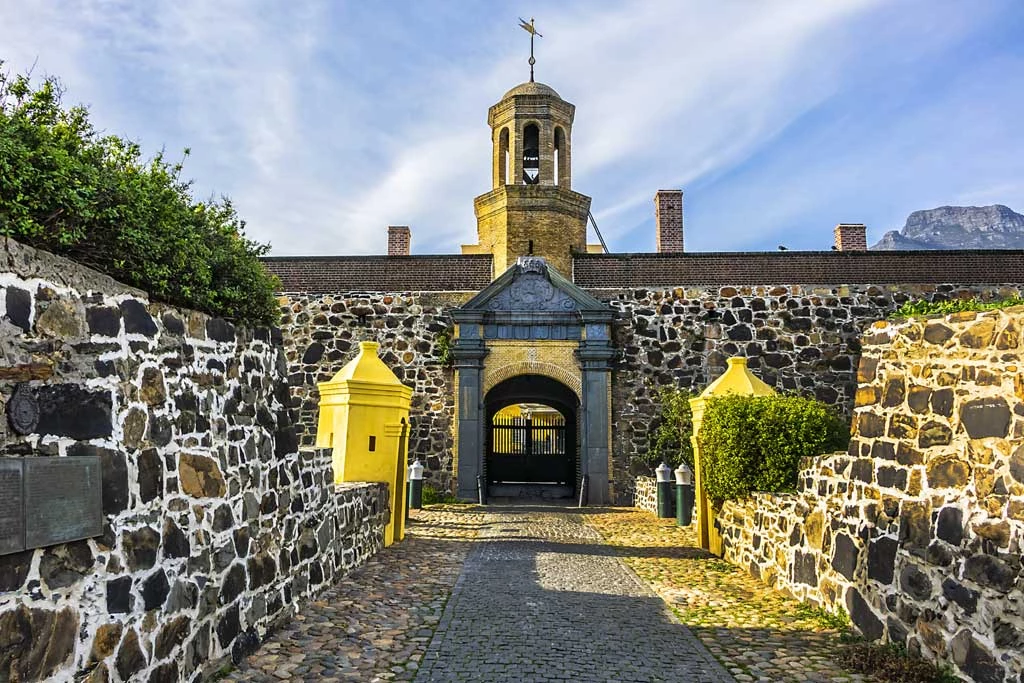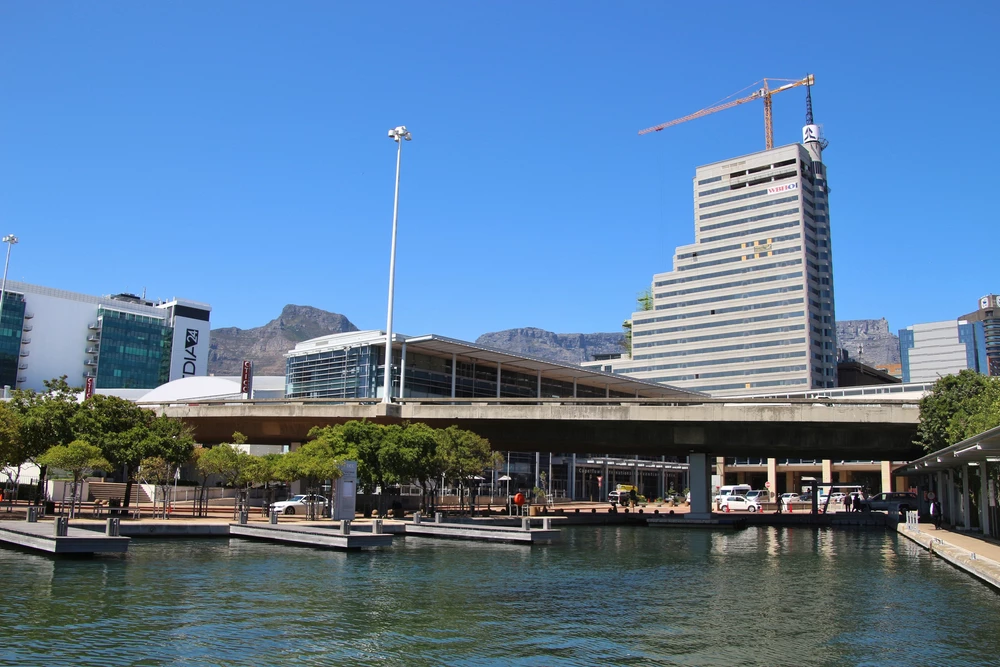Cape Town is a city filled with striking architecture that reflects its rich history and diverse cultural influences. From colonial Dutch buildings to modernist skyscrapers, the city boasts an array of architectural gems. We will be taking a closer look at the top 10 buildings in Cape Town from an architectural perspective.
Table of Contents
Zeitz Museum of Contemporary Art Africa


The Zeitz Museum of Contemporary Art Africa (MOCAA) is one of Cape Town’s most iconic architectural landmarks. Located in the V&A Waterfront, the museum was designed by London-based architect Thomas Heatherwick and opened in September 2017. The building was originally a grain silo complex built in the 1920s and was converted into a museum after lying dormant for years.
Heatherwick’s design involved carving out the interior of the silos to create a series of interlocking spaces, resulting in a unique and breathtaking atrium that extends over several floors. The museum’s façade is made up of 42 concrete tubes of varying heights that were inserted into the original structure, creating a striking contrast between the new and old elements.
Cape Town Stadium


Cape Town Stadium is a world-class sports and entertainment venue that was built for the 2010 FIFA World Cup. Located in Green Point, the stadium was designed by a consortium of local and international architects led by German firm GMP Architekten. The stadium’s design was inspired by the surrounding landscape, with its curved shape and wave-like roof mimicking the nearby ocean. The stadium’s most distinctive feature is its translucent roof made up of 9,000 individual panels that allow natural light to filter through, creating a unique and dynamic atmosphere inside the stadium.
Castle of Good Hope

The Castle of Good Hope is a historic fortification that was built by the Dutch East India Company in the 17th century. Located in the heart of Cape Town, the castle is the oldest surviving colonial building in South Africa and has been designated a National Heritage Site. The castle’s architecture is a blend of Dutch, British, and Cape Dutch styles, reflecting the city’s colonial history. The castle’s walls are made of local sandstone and its interior is filled with period furniture, artwork, and artefacts.
The Old Granary Building
The Old Granary Building is a historic structure located in the heart of Cape Town’s central business district. Built in the early 19th century, the building originally served as a grain store for the Dutch East India Company. Today, the building has been transformed into a mixed-use development that includes office space, retail outlets, and residential apartments. The building’s façade is a fine example of Cape Dutch architecture, with its white-washed walls and ornate gables.
Cape Town City Hall


Cape Town City Hall is a prominent landmark in the city’s central business district. Built in the early 20th century, the building served as the city’s administrative centre until the 1990s. Today, the building houses the offices of the mayor and the city council, as well as a concert hall and a museum. The building’s architecture is a mix of neoclassical and Victorian styles, with its impressive clock tower and elegant façade.
The Reserve Bank Building
The Reserve Bank Building is a modernist 38-floor skyscraper located in the heart of Cape Town’s financial district. Designed by local architect Hentie Louw, the building was completed in 1988 and is the headquarters of the South African Reserve Bank. The building’s architecture is characterized by its clean lines, geometric forms, and use of reflective glass, which gives it a futuristic look. The building’s atrium is particularly impressive, with its soaring height and dramatic lighting.
HCC: Homecoming Centre
The HCC: Homecoming Centre is a unique building located in the heart of the historic District Six neighbourhood of Cape Town. The centre was designed by local architect Zahira Asmal and serves as a community hub and cultural centre, celebrating the heritage of District Six and the diverse communities that once lived there. The building’s design is inspired by the traditional Cape Malay architecture of the area, with its bright colours, intricate patterns, and use of local materials such as sandstone and slate.
The centre features a variety of exhibition spaces, performance venues, and community areas, making it a vibrant and engaging space for locals and visitors alike. As a symbol of hope and reconciliation, the HCC: Homecoming Centre stands as a testament to the resilience and spirit of the District Six community.
The Silo Hotel


The Silo Hotel is a luxurious boutique hotel located on the V&A Waterfront. The hotel is housed in the grain elevator portion of the Zeitz MOCAA building and was designed by the same architect, Thomas Heatherwick. The hotel’s design is a blend of old and new, with its industrial exterior juxtaposed against its opulent interior. The hotel’s most striking feature is its rooftop bar, which offers panoramic views of the city and Table Mountain.
The Cape Town International Convention Centre

The Cape Town International Convention Centre (CTICC) is a state-of-the-art conference and exhibition centre located in the city’s central business district. Designed by local architecture firm Roodt Architects, the building features a unique undulating roof that mimics the nearby mountain range. The building’s façade is made up of a series of glass panels that reflect the surrounding landscape, creating a seamless integration between the building and its environment.
The V&A Waterfront Clock Tower


The V&A Waterfront Clock Tower is a historic landmark that was built in 1882 as part of the original harbour complex. The tower served as a timekeeper for the ships entering and leaving the harbour and is now a popular tourist attraction. The tower’s architecture is a blend of Victorian and industrial styles, with its red brick walls and ornate clock face. The tower’s interior houses a small museum dedicated to the city’s maritime history.
Cape Town is a city that boasts an eclectic mix of architectural styles, reflecting its rich history and cultural diversity. The buildings listed above are just a few examples of the city’s architectural gems, each with its unique character and charm. Whether you’re a history buff or a design enthusiast, Cape Town’s architectural wonders are sure to leave you in awe.






